How To Choose The Right Lampshade For Your Table Lamp
Worried about clashes, mismatched styles or picking the wrong size? We’ve made it easy for you to choose the right designer lampshade with this complete guide. Choosing a lampshade sounds simple enough, but the challenge is that you'll want to match it with two different things: the décor of the room and the base of the lamp itself. Add to that the abundance of lampshade shapes, sizes and materials available, and it becomes even more important to find the perfect lampshade for your space.
So, with that in mind, we've provided our top tips to help you learn more about the many different types of lampshades on offer.

How do I choose the right lampshade size?
When it comes to choosing the right lampshade, sizing should be at the top of the list. Sizing a lampshade is similar to finding the right hat: if it's too large or too small, it might look a little bit out of place. Similarly, you'll need to approach lampshade sizing around the base of your lamp.
- A lampshade width of 15-20 cm for a smaller lamp base
- Between 20-35 cm for an average lamp base
- Anything up to about 50 cm for a larger lamp base.
Once you get the proportions right, the effect is harmonious and curiously satisfying. We've explained a little bit more about choosing the right size lampshade below.
So, what size lampshade is best for a table lamp?
If you’re debating between two lampshade sizes, it’s usually better to go for the larger one. However, if you've chosen a taller, thinner lamp, it might be better suited to a smaller lampshade. For smaller lamps, such as table lamps, we suggest that:
- The height of the shade should be about 3/4 the height of the base
- The width of the shade base should be roughly equal to the height of the lamp, from base to fitting
- The shade should ideally be at least one centimetre (half an inch) wider than the base on both sides to keep the whole lamp looking balanced
On the other hand, floor lamps will generally take a shade with a base diameter of 45cm (18 inches) or larger. Knowing how to measure a lampshade will be invaluable in the process of finding the best one for your interior.
How to work out the size of the lampshade you need:
- Measure the height of your table lamp from the bottom of the base to the top of the lamp stem just below the lamp holder.
- The shade you select should then have a diameter of +/- 5cm of this measured height.
- So, if you have lamp that is 40cm tall, you should choose a shade that is 35 to 45cm wide.
Matching your lampshade size with your room.
You’ll also need to consider the space in which your lampshade will be placed. For example, a large, mostly empty room could support a much larger floor lampshade than a smaller space. A little lampshade might look isolated in a large room, especially if it's the only one in there – and a larger lampshade should illuminate the room more effectively too.
If it’s a table lamp you're shopping for, you’ll need to consider the size of the table and the furnishings you'd like to place around your lamp. Our different types of lampshade fittings suit a wide range of environments, but we'll be happy to help if you're unsure.
How do I choose the best lampshade shape & style?
Choosing the right lampshade shape will help you define your interior design. Most importantly, you'll need to consider the lamp base, the room, and the position of the lamp. For a cohesive look, match the shape of your base and shade – square with square, for example.
Rounded lampshades are more popular among our customers, but one neat advantage of square lampshades is that you can place them right up against a wall. This can be useful if you have limited space – for example, on a mantelpiece or a narrow side table in a hallway.
We've outlined our bestselling lampshade shapes below – along with a few hints on how to find one that complements your unique style.

Empire Lampshades.
Empire and Straight Empire Lampshades are among the most classic styles in our collection. Their classic round ‘frustum’ shapes (that’s a cone with the top chopped off) appear in almost every type of interior, so whether you love contemporary, industrial, or traditional design, it's easy to work with an empire lampshade.
Tall Tapered Lampshades.
Drum Lampshades.
Perfect for contemporary interiors, Drum Lampshades are clean and cylindrical in shape. They typically have a wide rim and straight sides, and their symmetrical design allows light to be spread evenly from the top and the bottom.
If you'd like to illuminate the whole room, drum shades make a fantastic choice. They are also incredibly versatile, available in a variety of other styles including Tapered Drum and Short Drum Lampshades. With their neat, geometric design, drum shades fit seamlessly in any contemporary space.
How do I choose the lampshade material?
Once you've made your selection, it's important to pair it with a lightbulb that keeps your lamp working safely and effectively too. However, there are a few key materials worth knowing more about if you take your lampshades seriously. We've listed our favourites below.
Silk Lampshades.
If you're after a minimalist, modern addition to your décor, choosing a designer silk lampshade in a neutral tone could work well. Silk lampshades add a natural, warm glow and ambience.
Silk lampshades can be either rolled or ‘gathered’ with a textured, pleated effect. This provides a more traditional feel and calls to be paired with a classic base, placed naturally in rooms with a vintage feel.
However, it's worth bearing in mind that silk attracts dust a little bit more easily than other materials, so you'll need to be prepared to give your new lampshade regular care to keep it looking pristine.

Cotton Lampshades.
Cotton makes a fantastic choice for lampshades. It's durable, easy to clean, and also extremely versatile. Depending on the shape and colour of the cotton lampshade you choose, you'll be able to create the ambience you'd like.
At Decoralist, we love our designer block-printed cotton lampshades. They look wonderful in pairs or placed in contrast with your colour scheme at home.
If you love the fibrous touch of textile lampshades, we also have a beautiful range of natural jute and rattan lampshades. Jute makes a great choice for those seeking a more sustainable aesthetic. Delicate, beige tones should also complement any neutral interior, adding a rustic touch.

Linen Lampshades.
Meanwhile, natural linen lampshades can look smart in plain colours or be eye-catching in ikat prints. It's a similar material to cotton, so you'll also find gathered linen shades in our online selection.
Linen is more lightweight than fabrics such as velvet and with a slightly coarser texture it gives a more laid-back, natural feel to your interior. For some added character, a stonewashed linen shade could be a great choice.

Paper & Parchment Lampshades.
Parchment lampshades are rolled and give a clean, contemporary look, perfect for any modernist or minimalist – especially if they're printed in block colour. Our parchment paper is hand-pressed, colour dyed, and then sealed with wax before the inside of the shade is lined with soft cotton.
Velvet Lampshades.
Velvet lampshades come in an array of bold and beautiful colours – from rich pinks to deep, forest greens and mustard yellows. These lampshades are tactile and decadent and will easily add a luxurious touch to your interior.
Velvet tends to be an opaque material, so one of these shades might not spread as much light around the room as other materials.
Instead, they diffuse light above and below, creating an atmospheric – and sometimes dramatic – effect. Like silk, velvet will need to be carefully looked after to ensure it stays free of dust.
How do I choose the right lampshade design and colour?
This is the fun bit: from traditional Indian-inspired ikat patterns to simple block colours, you can always find the right shade to complement and enhance the décor of your room. A few of our favourite lampshade designs and patterns include:
- Geometric lampshades for quirky, stylish interiors
- Fantastic Ikat lampshades for a striking contrast
- Lovely floral lampshades for a cosy, timeless feel
Refreshing and replacing your lampshades is a quick and remarkably effective way to transform a room – and a lot cheaper than redecorating!





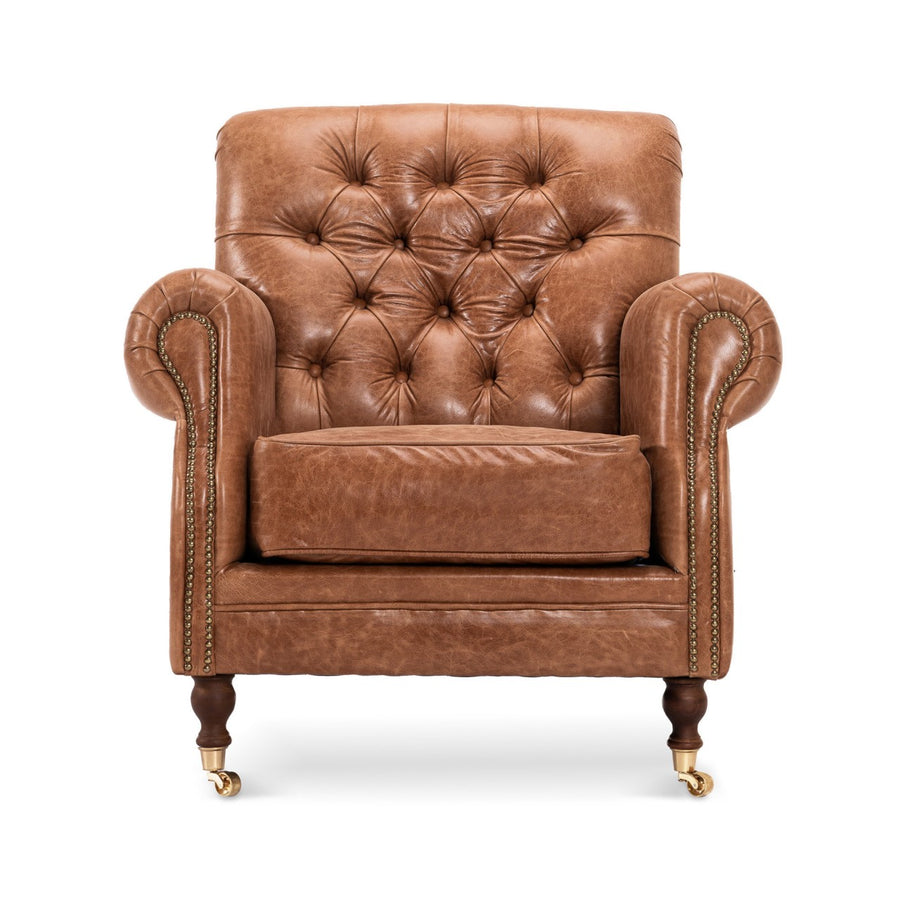
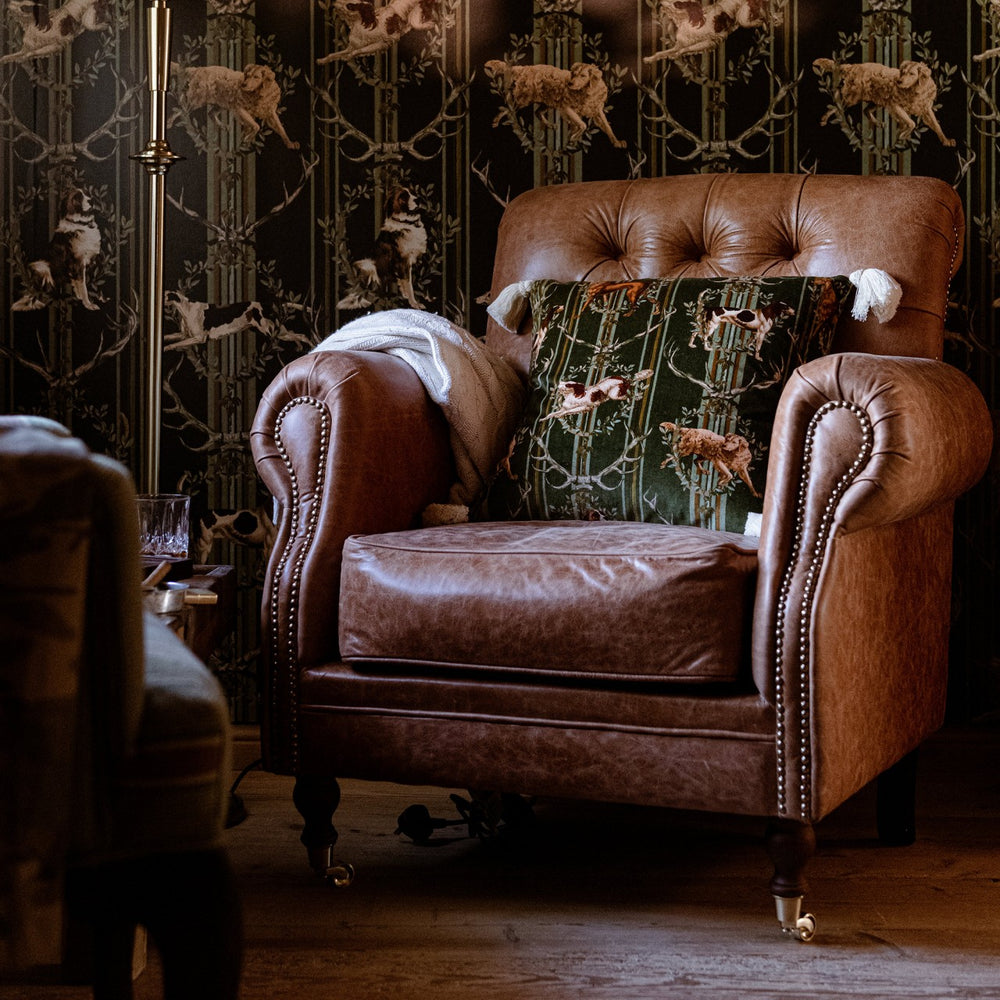
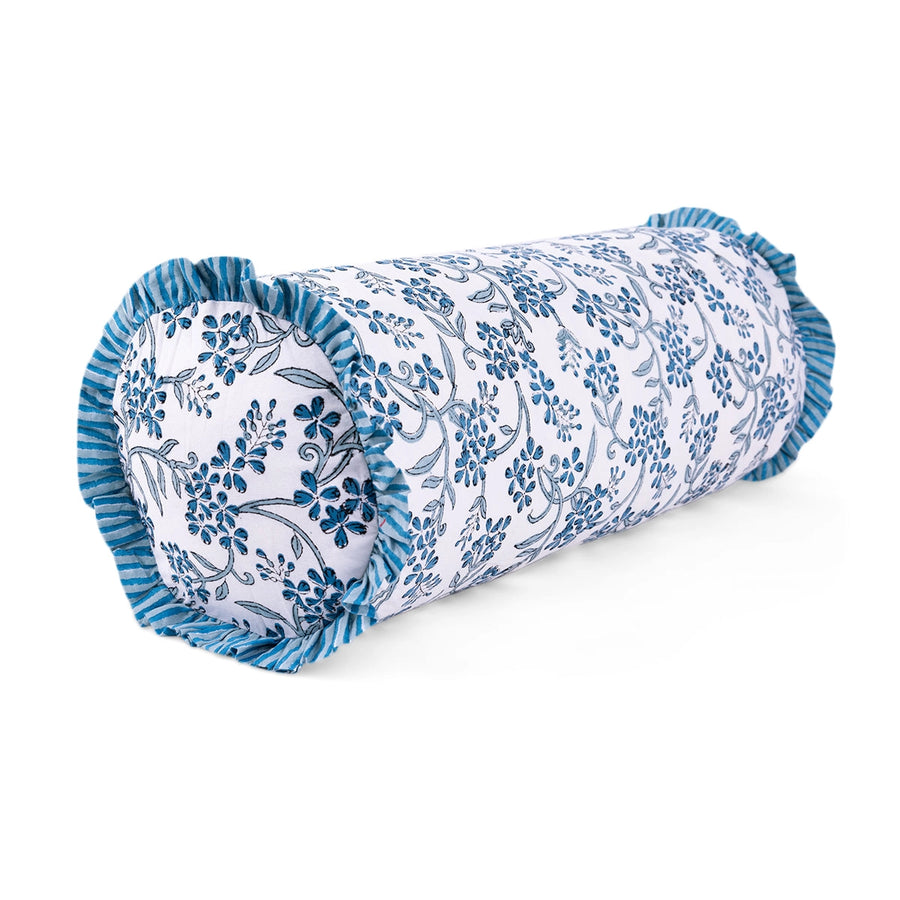
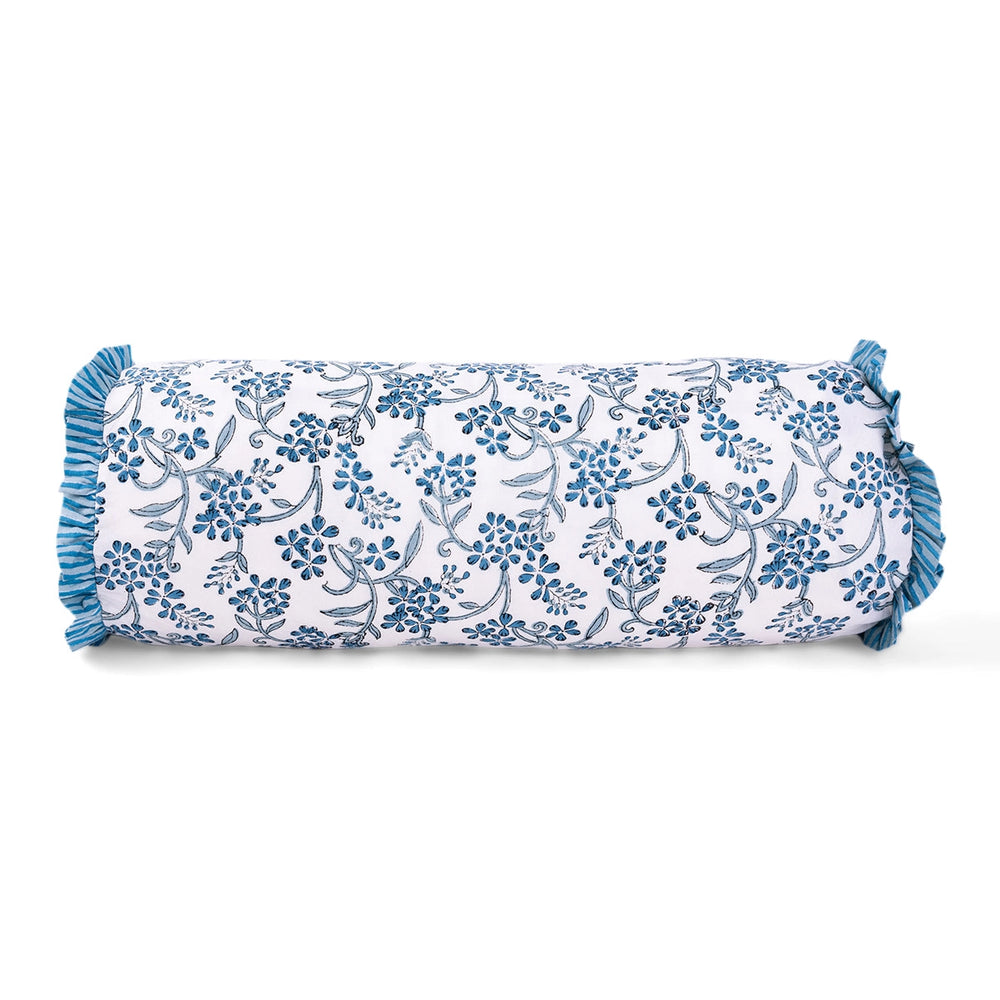
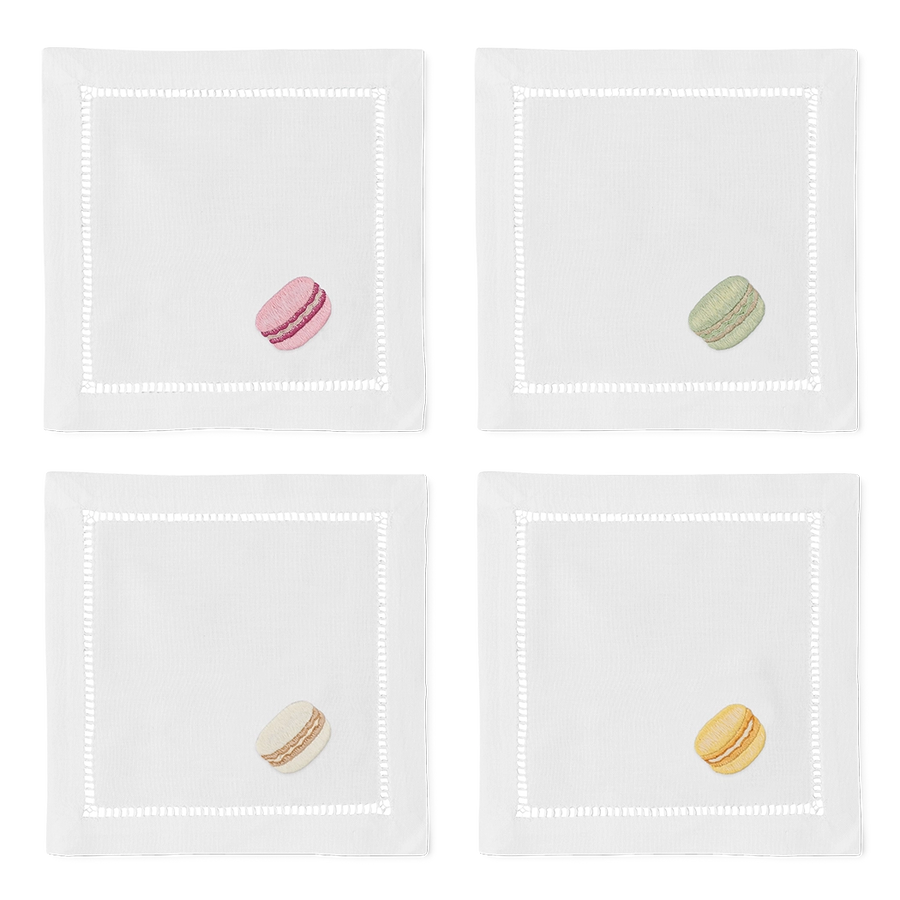

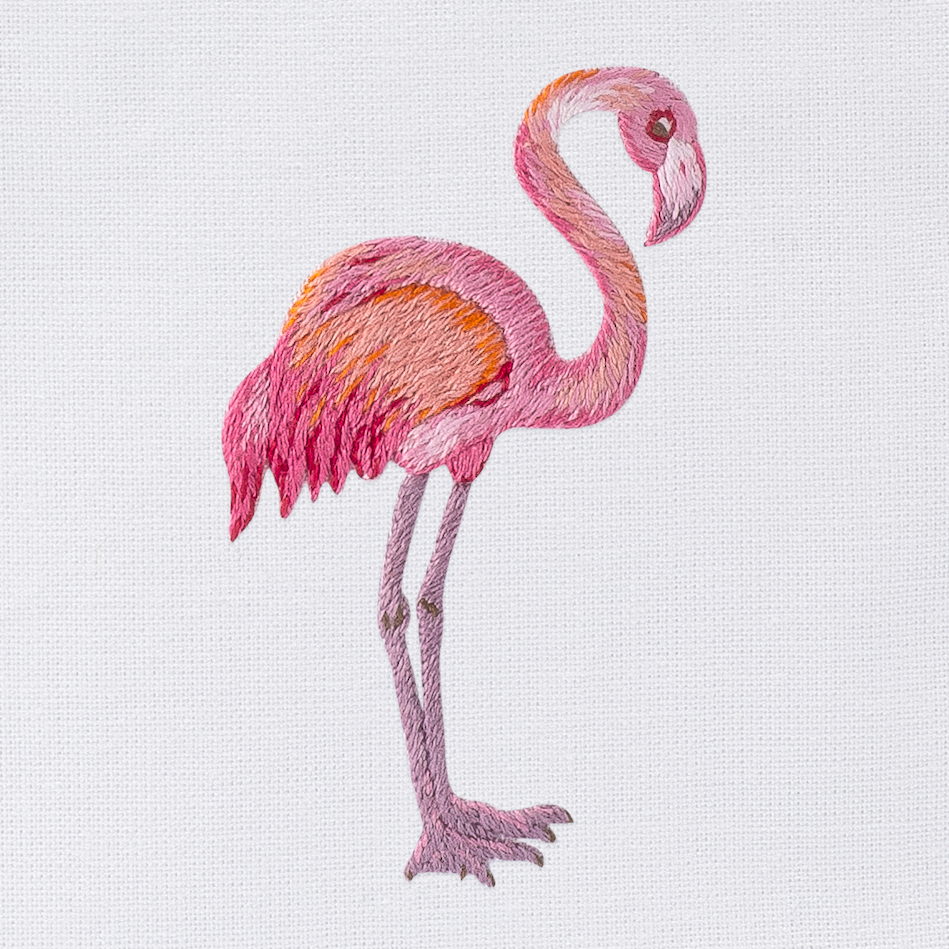
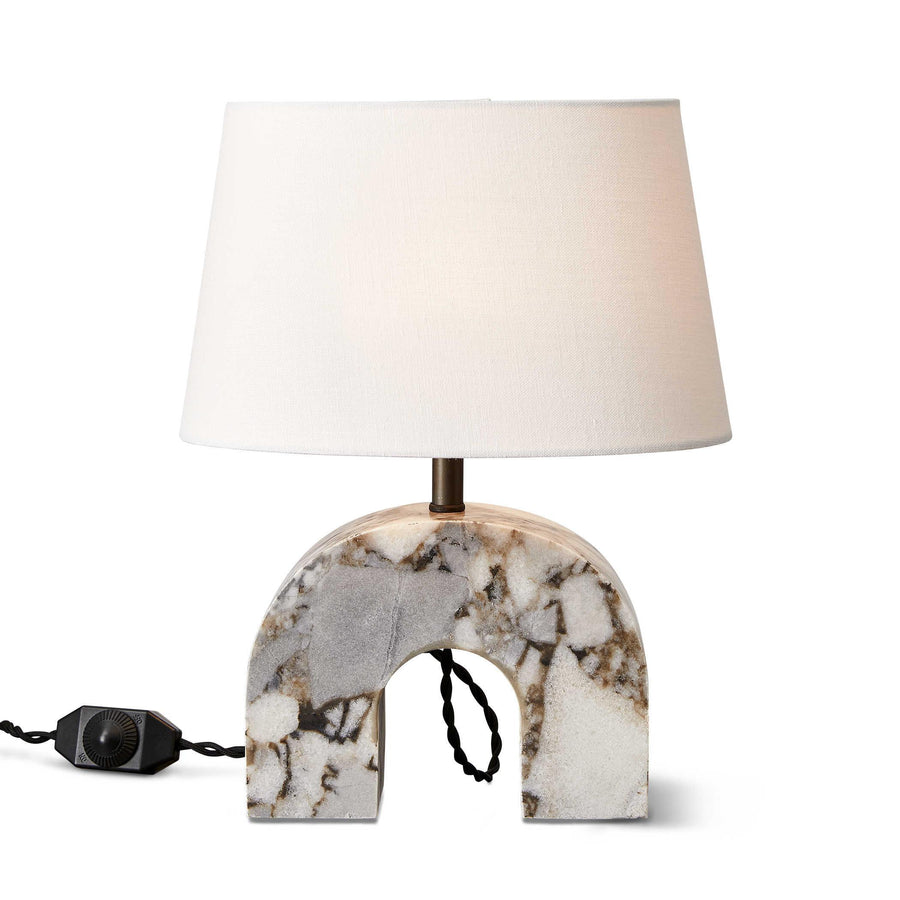
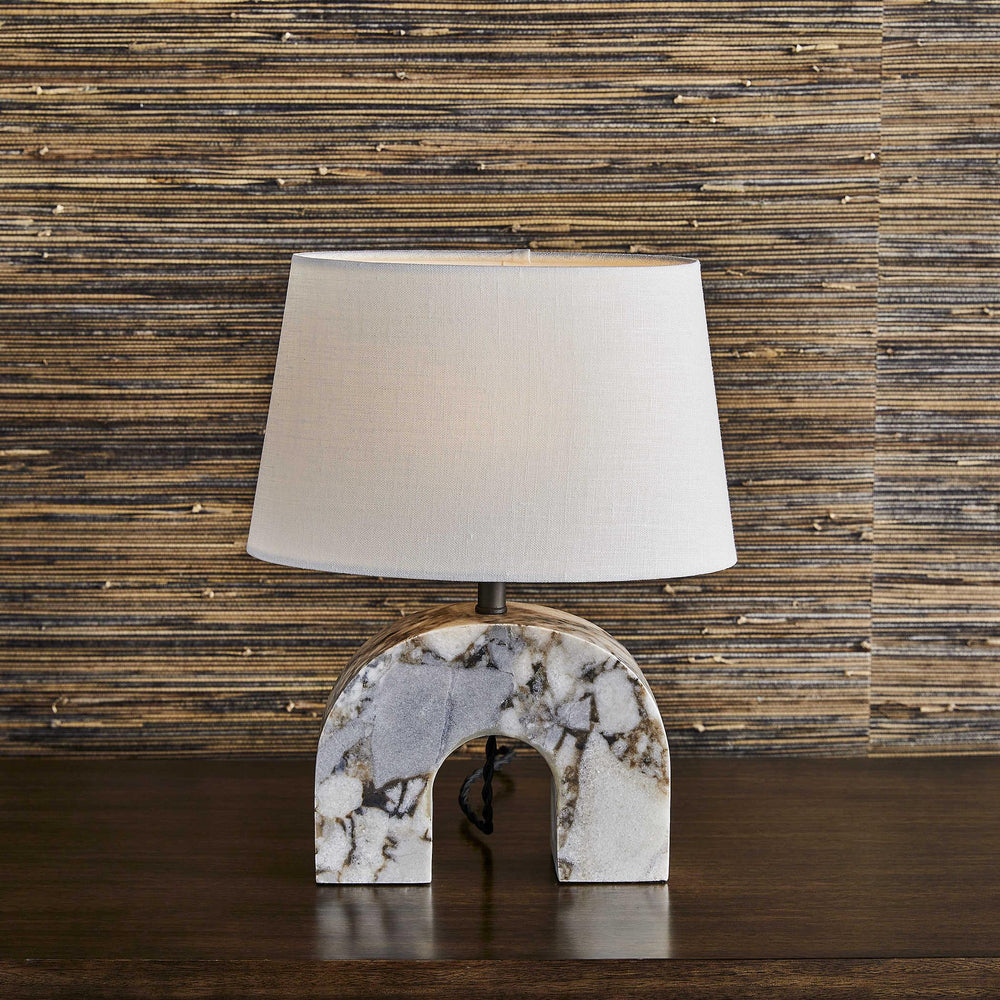

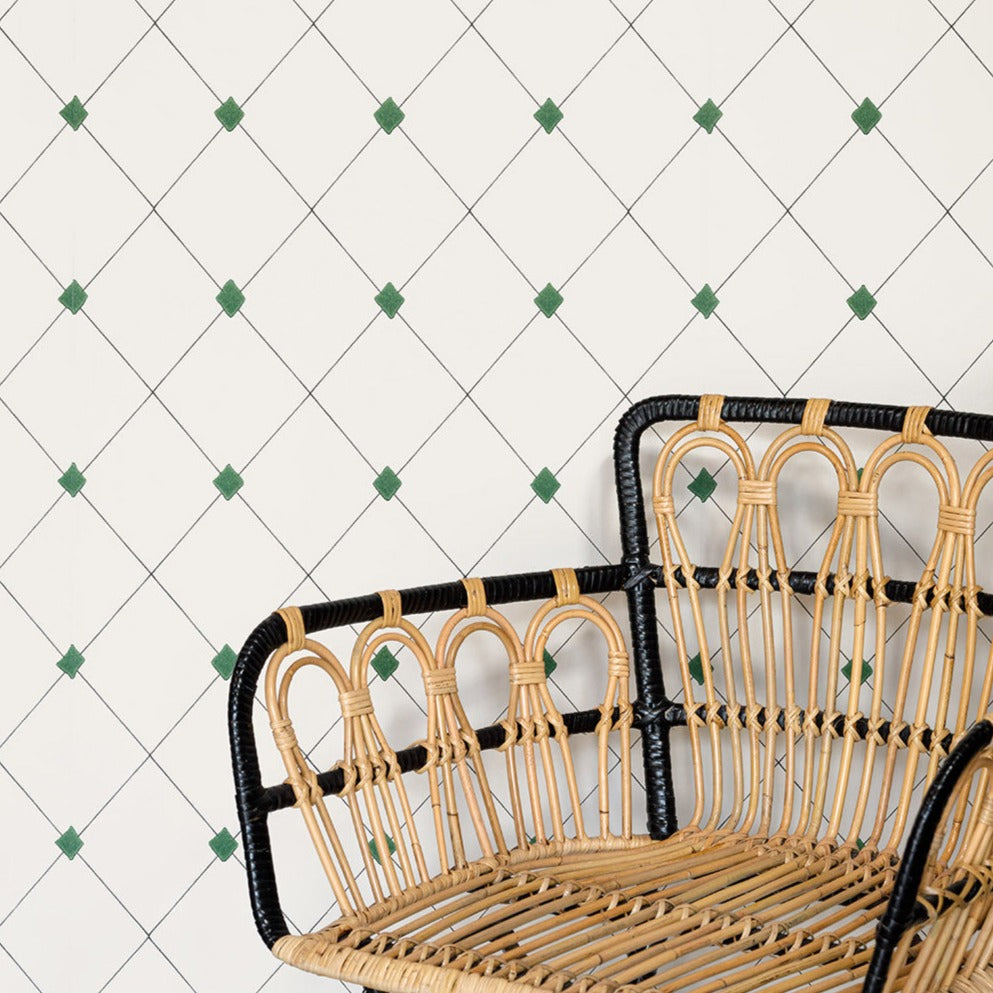
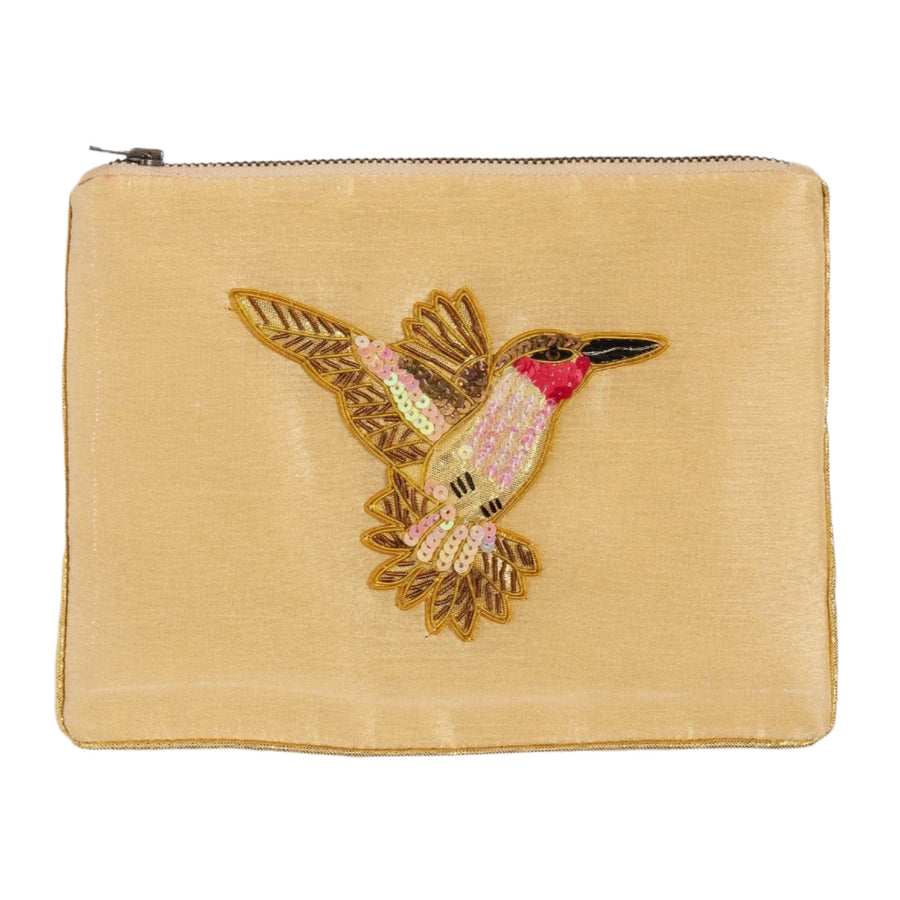
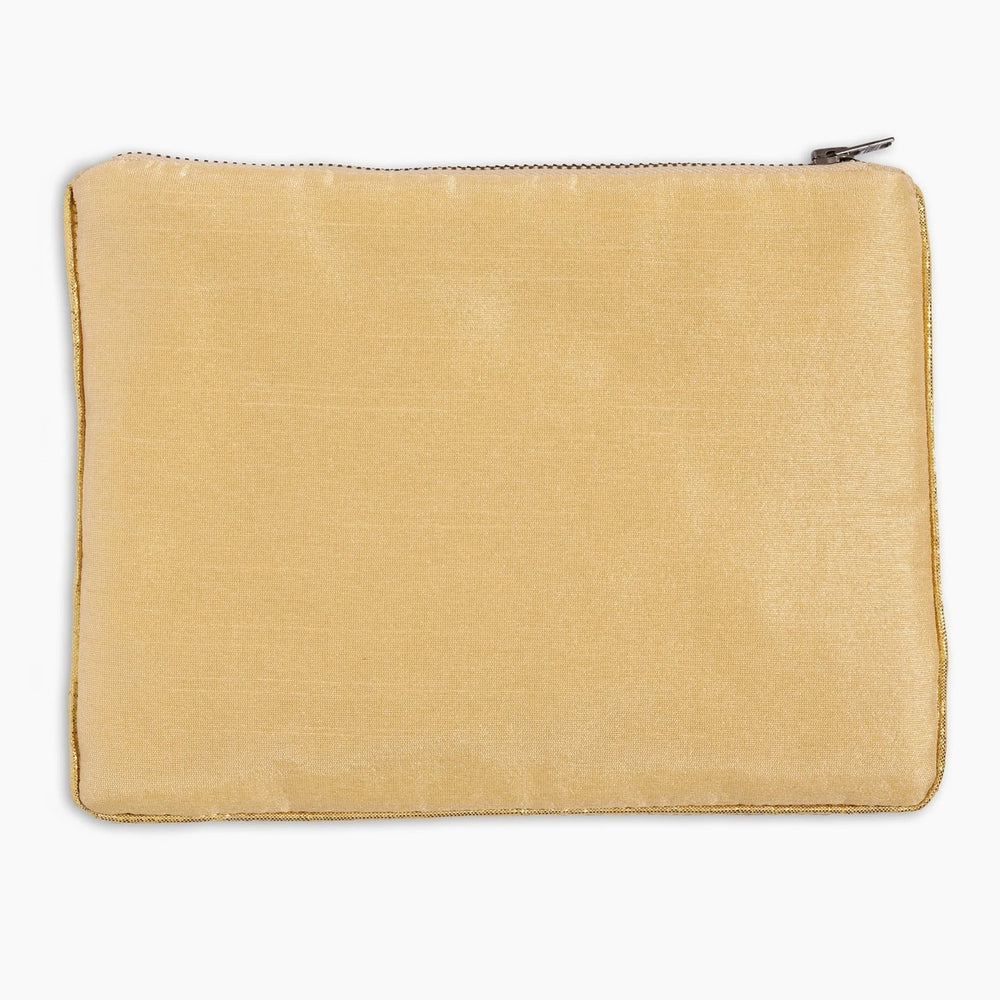
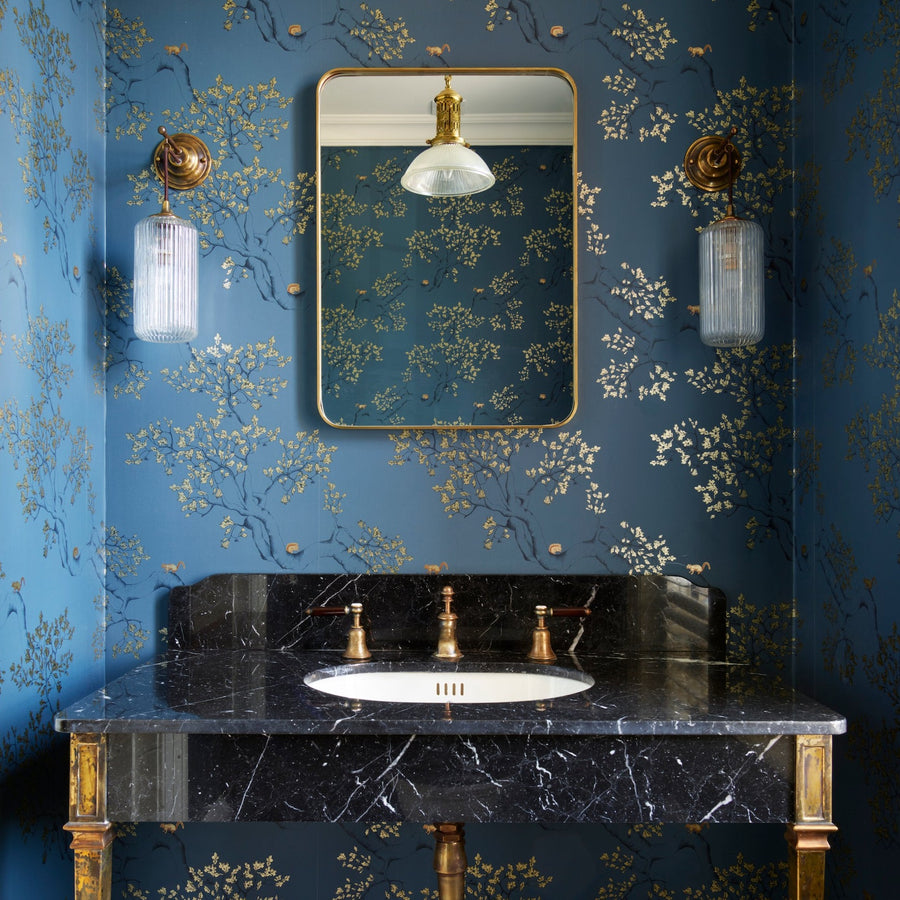
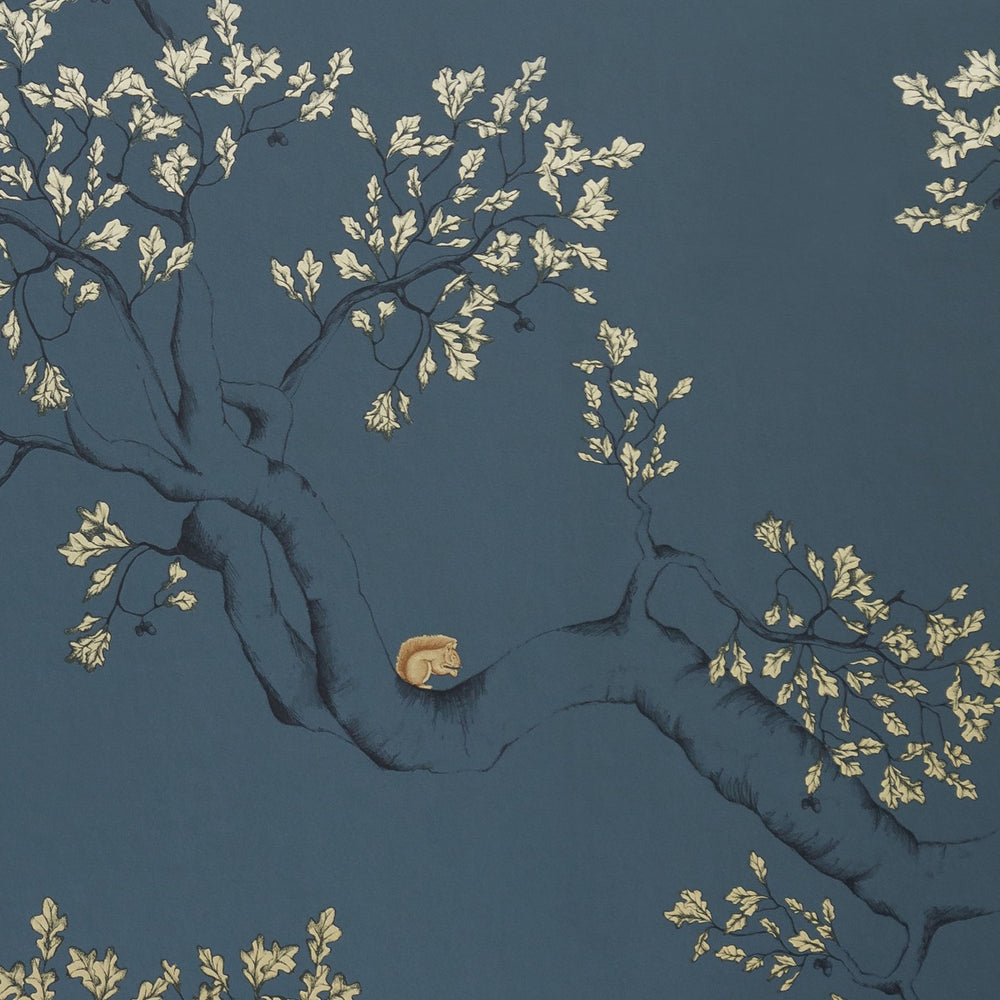
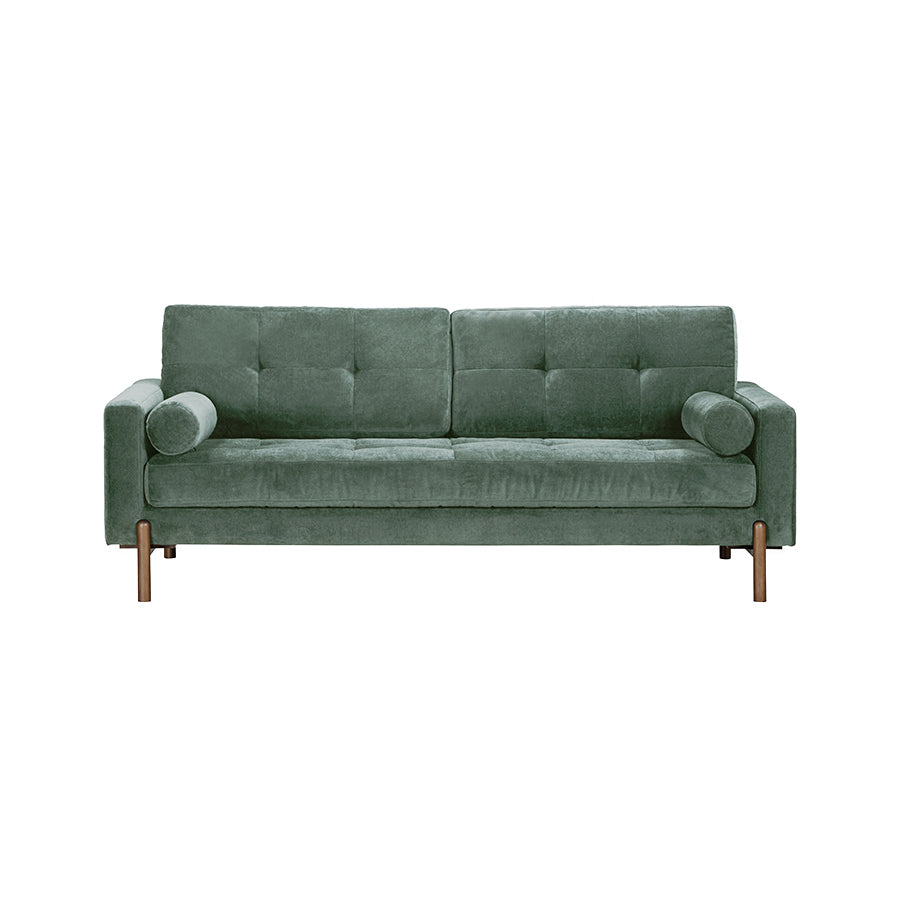
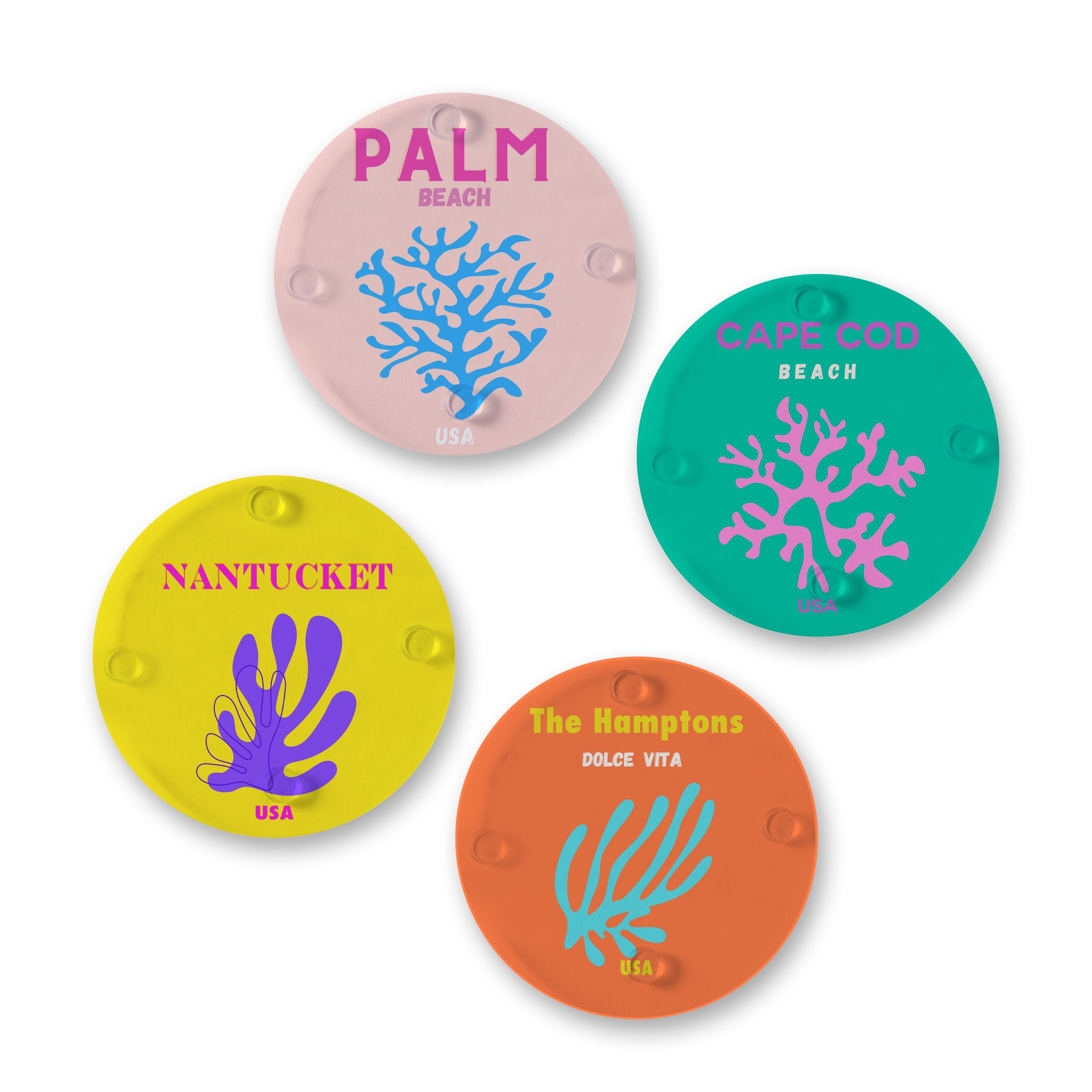

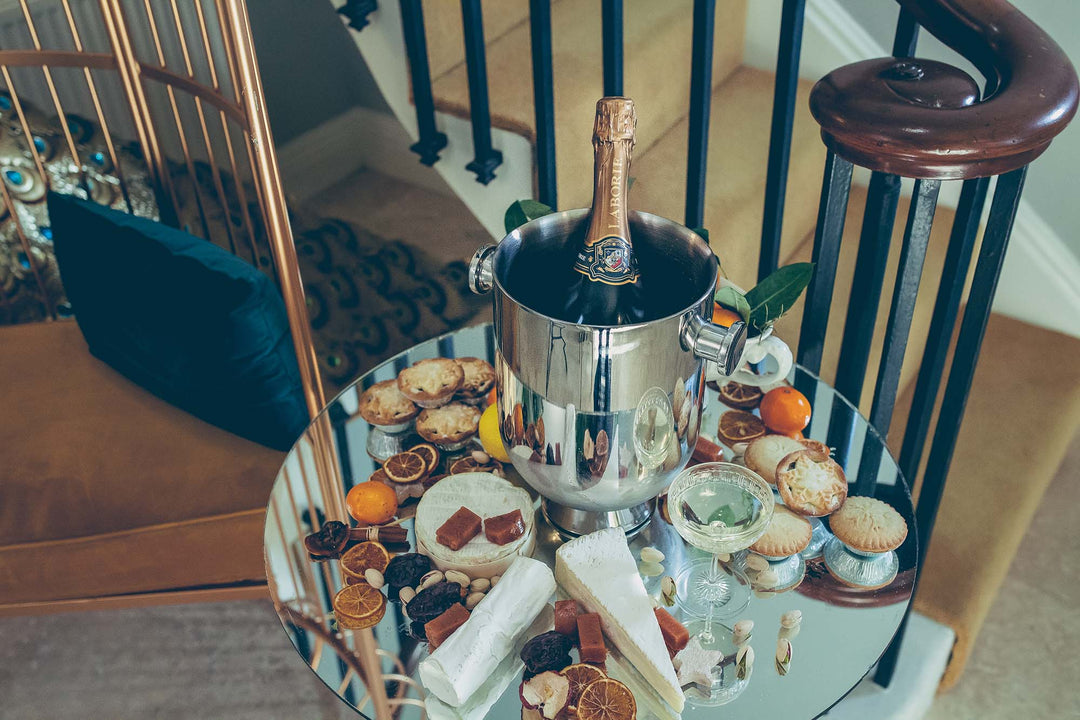
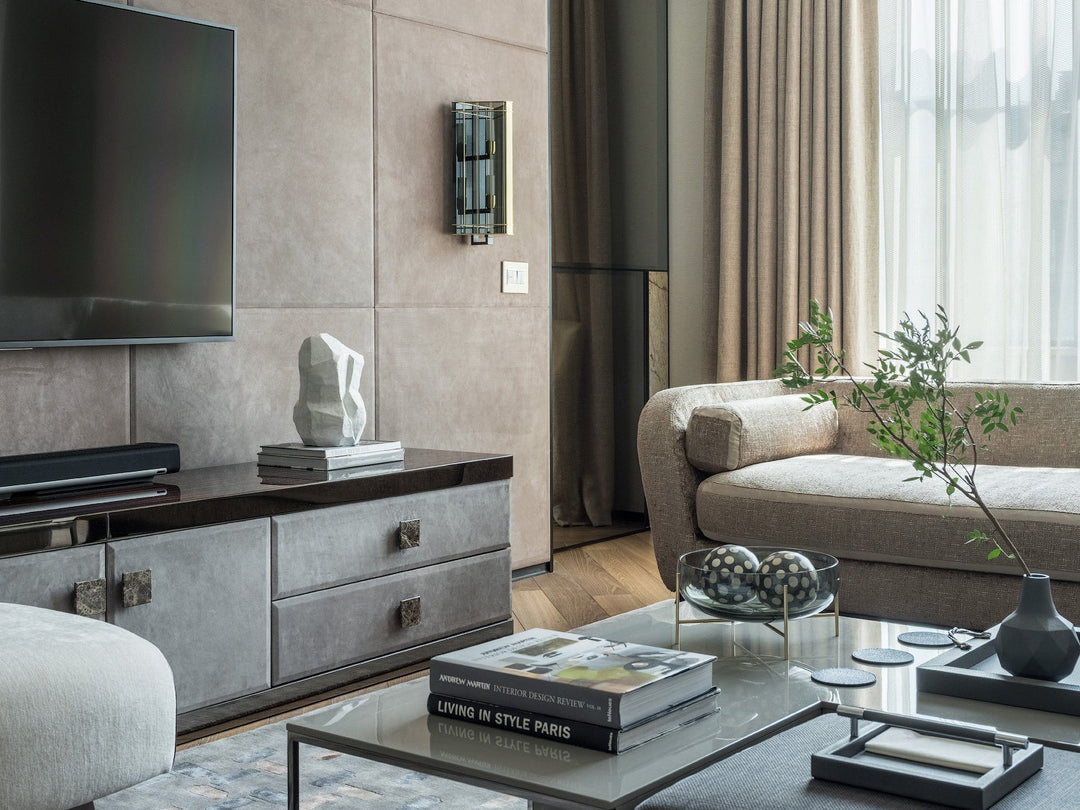
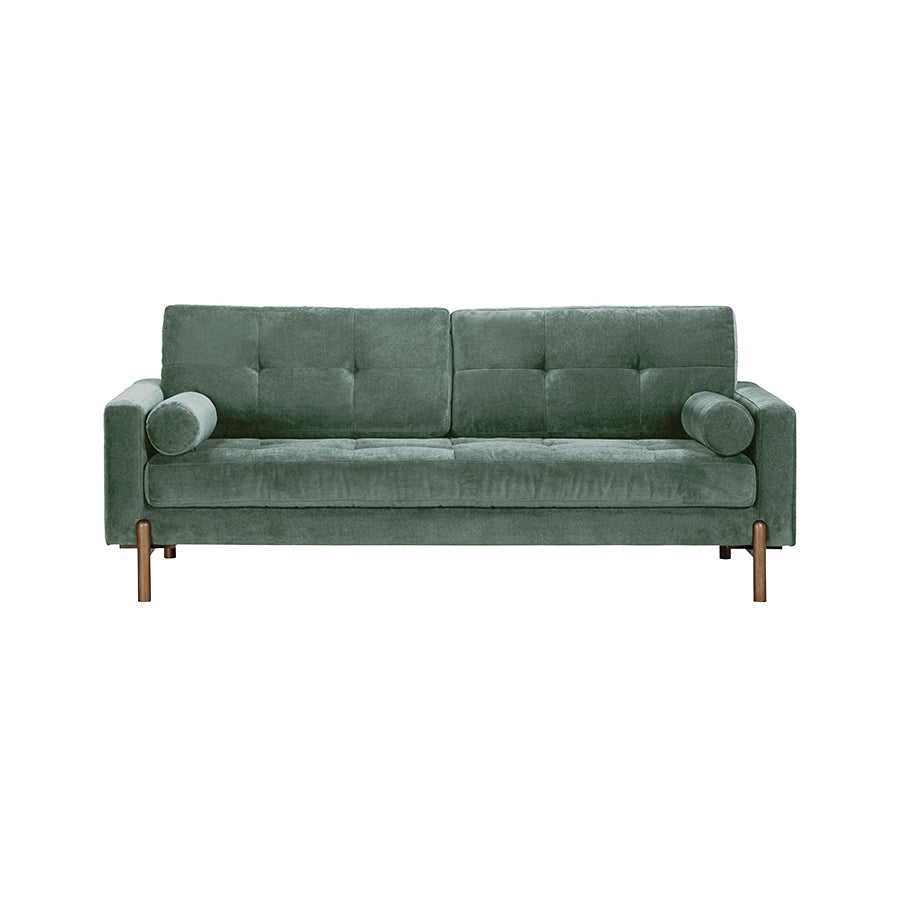
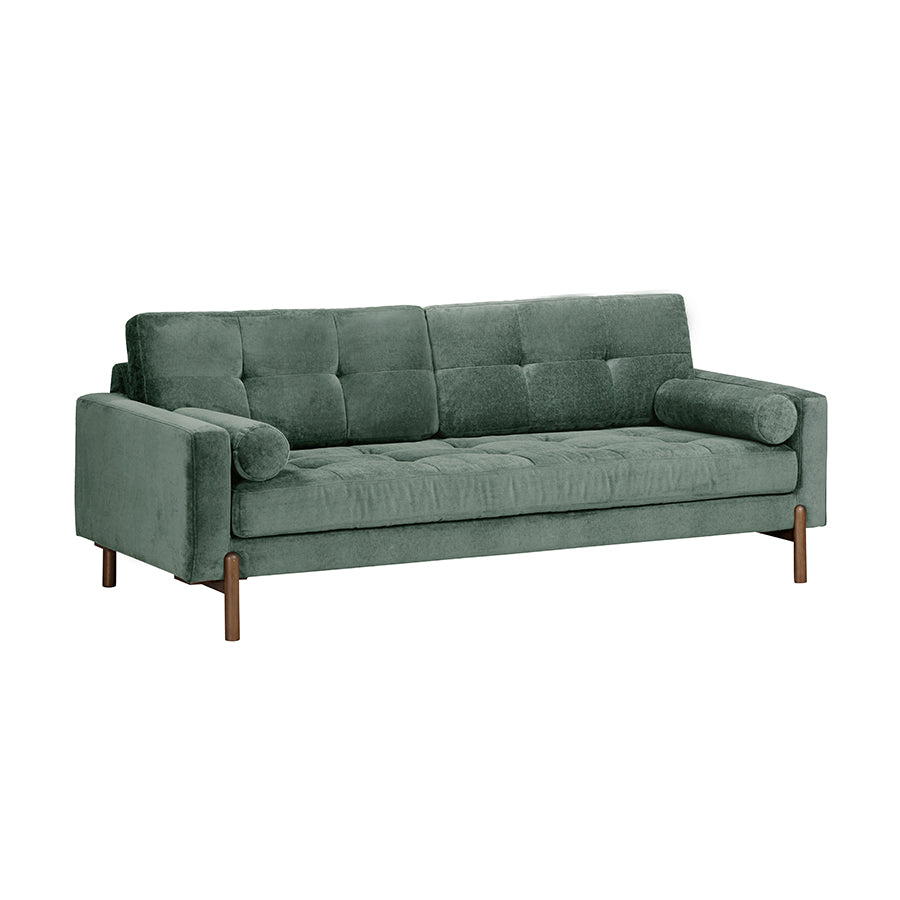
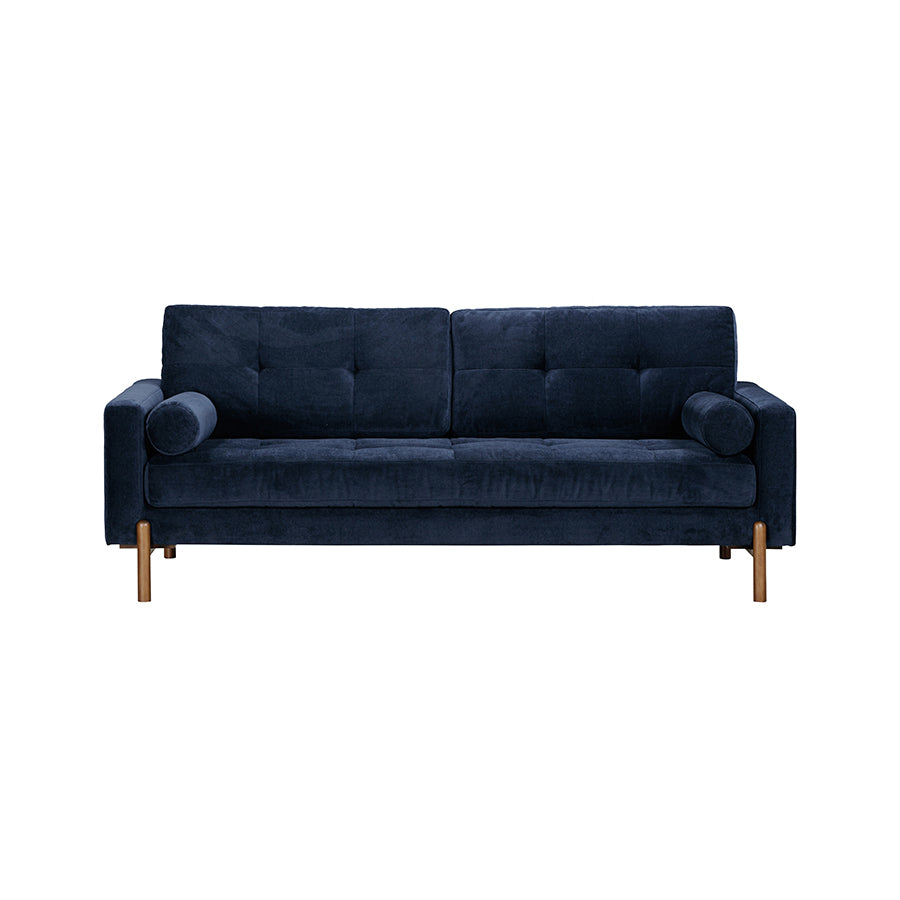
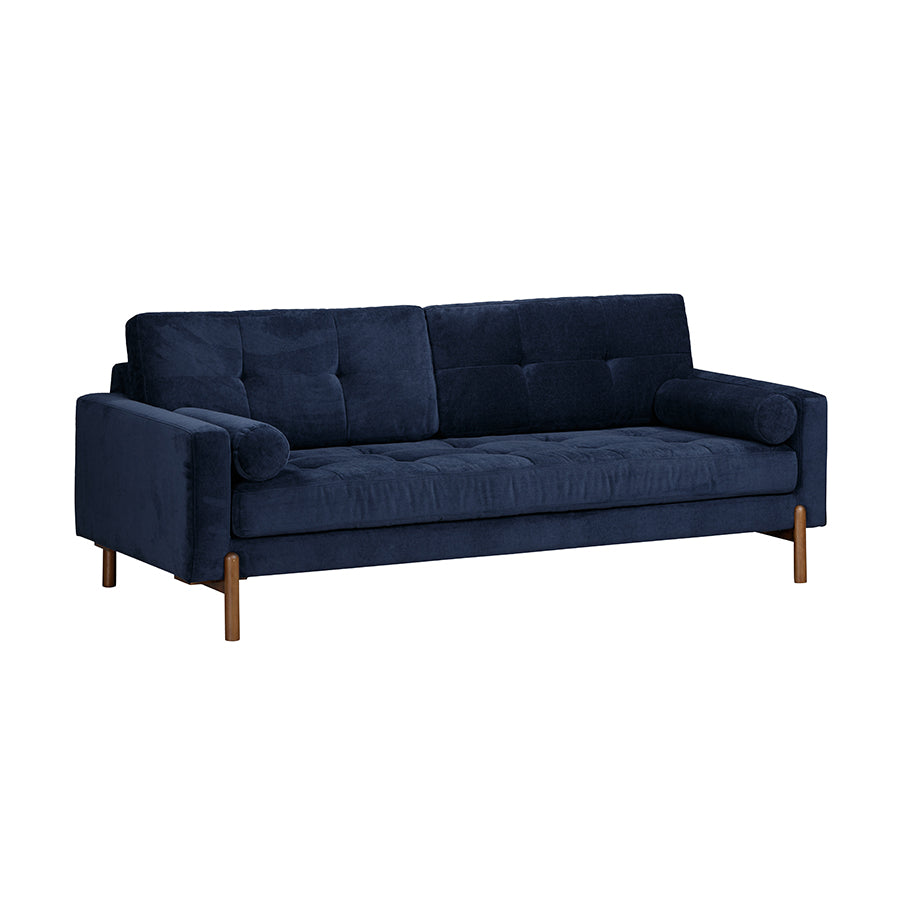
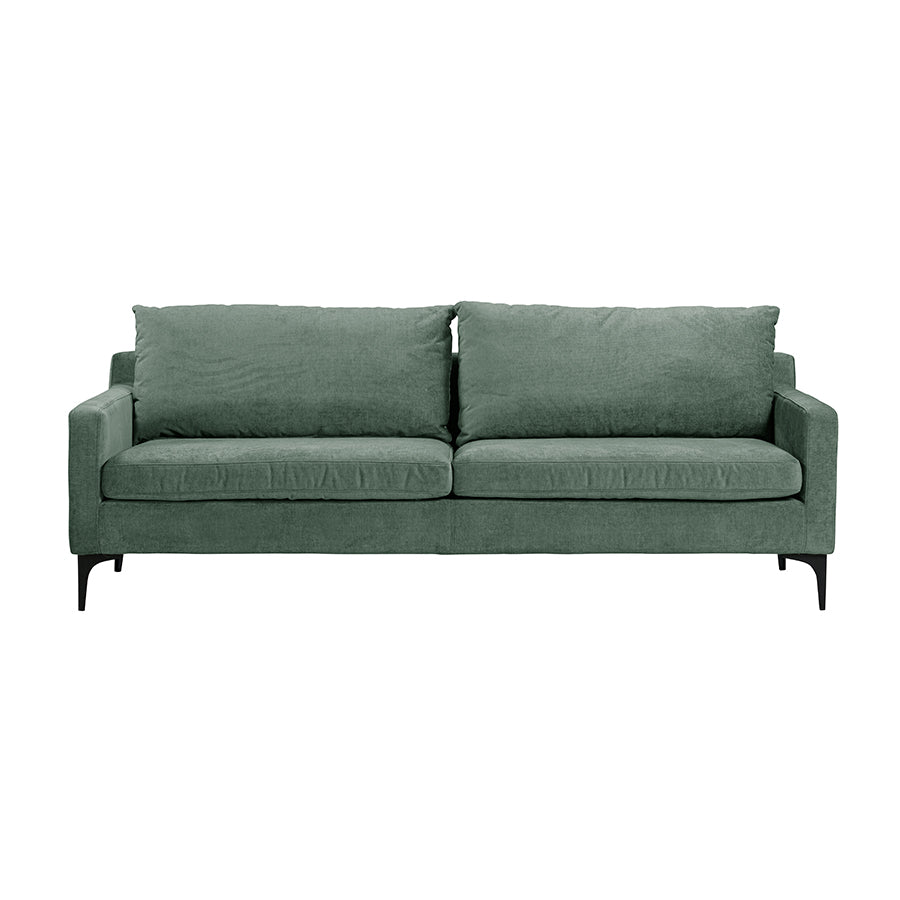
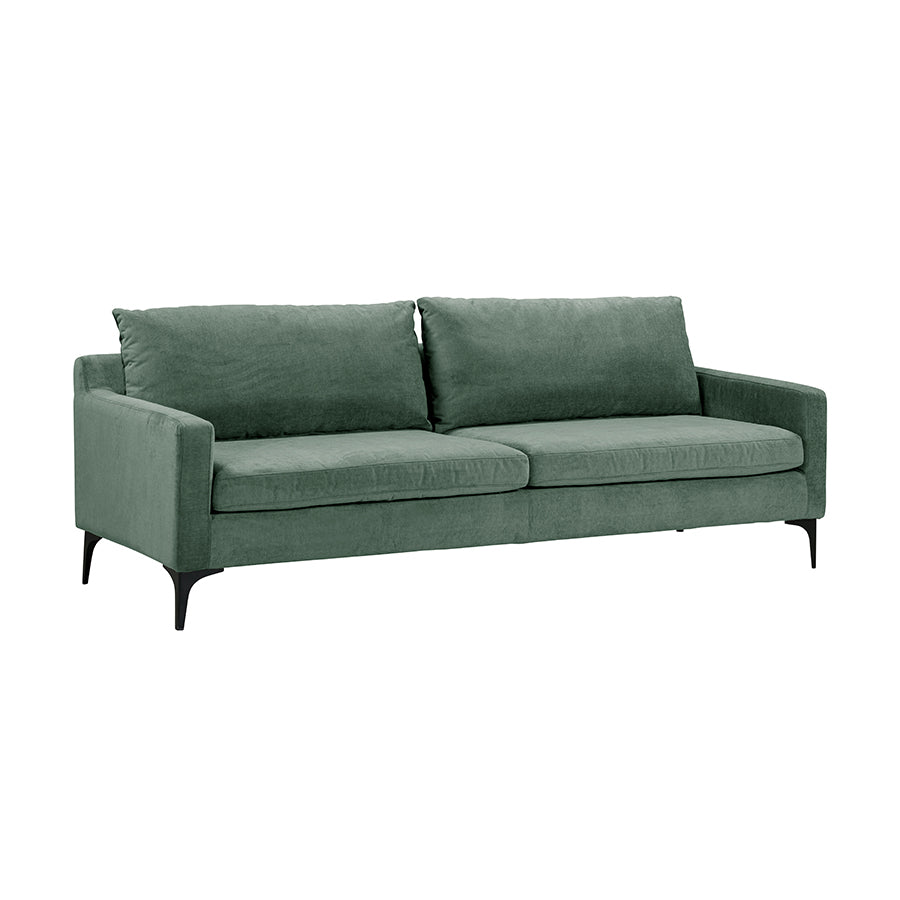
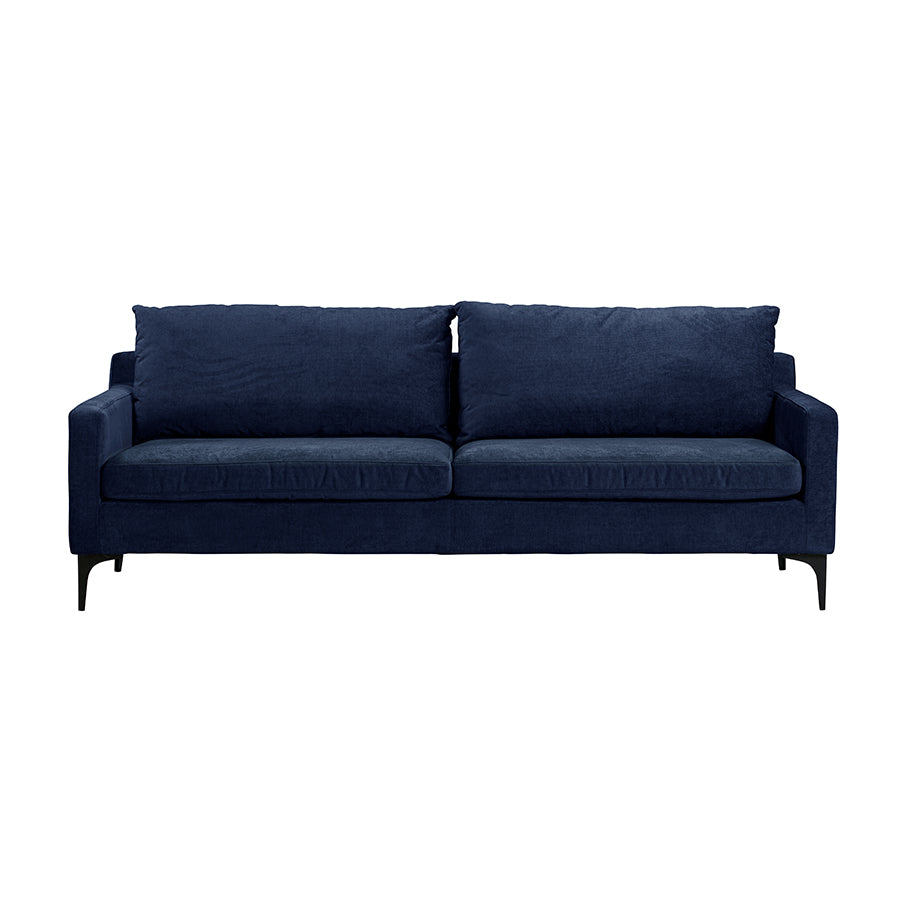
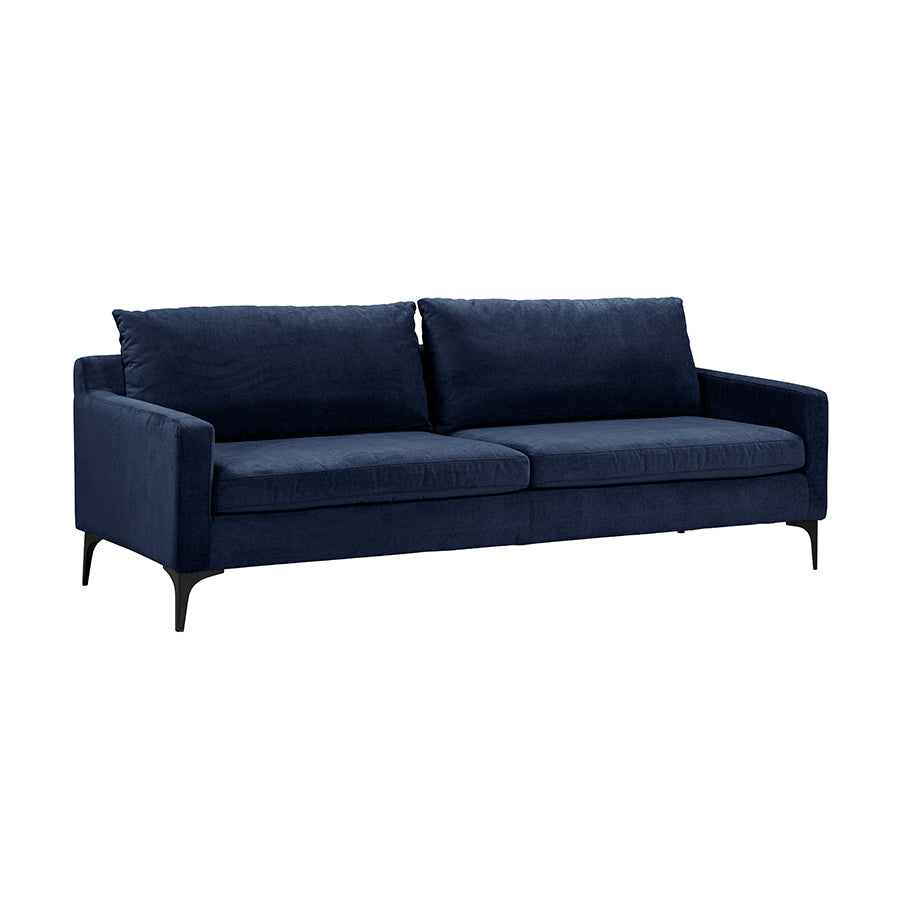
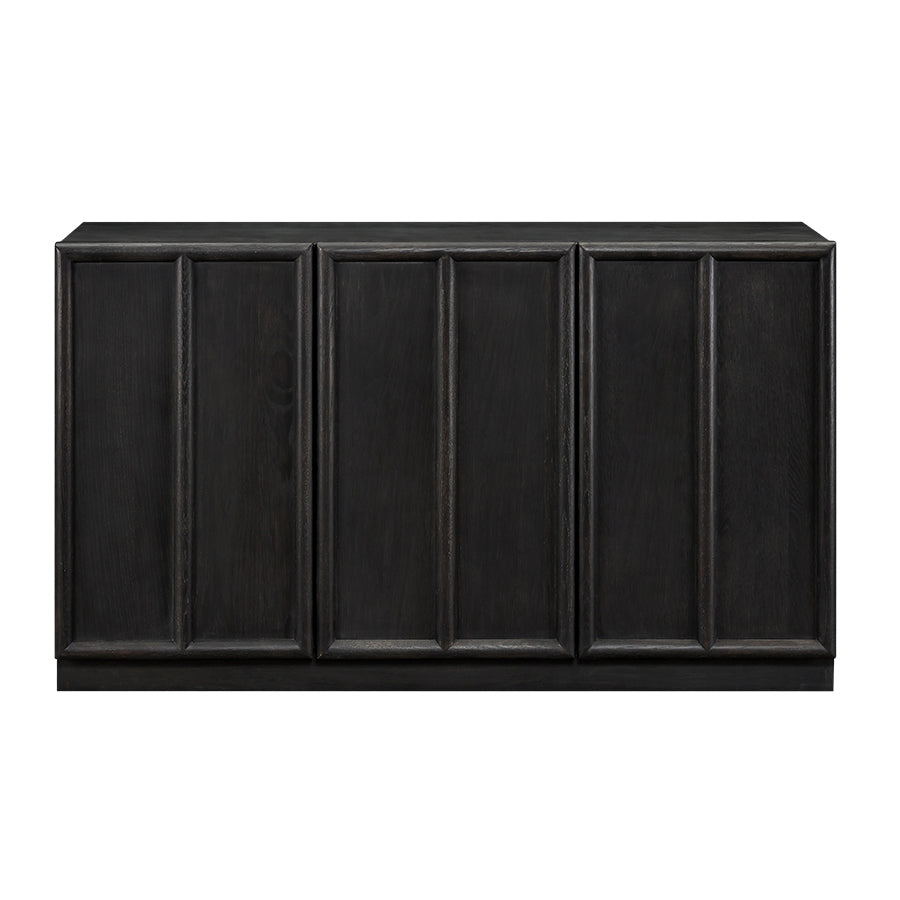
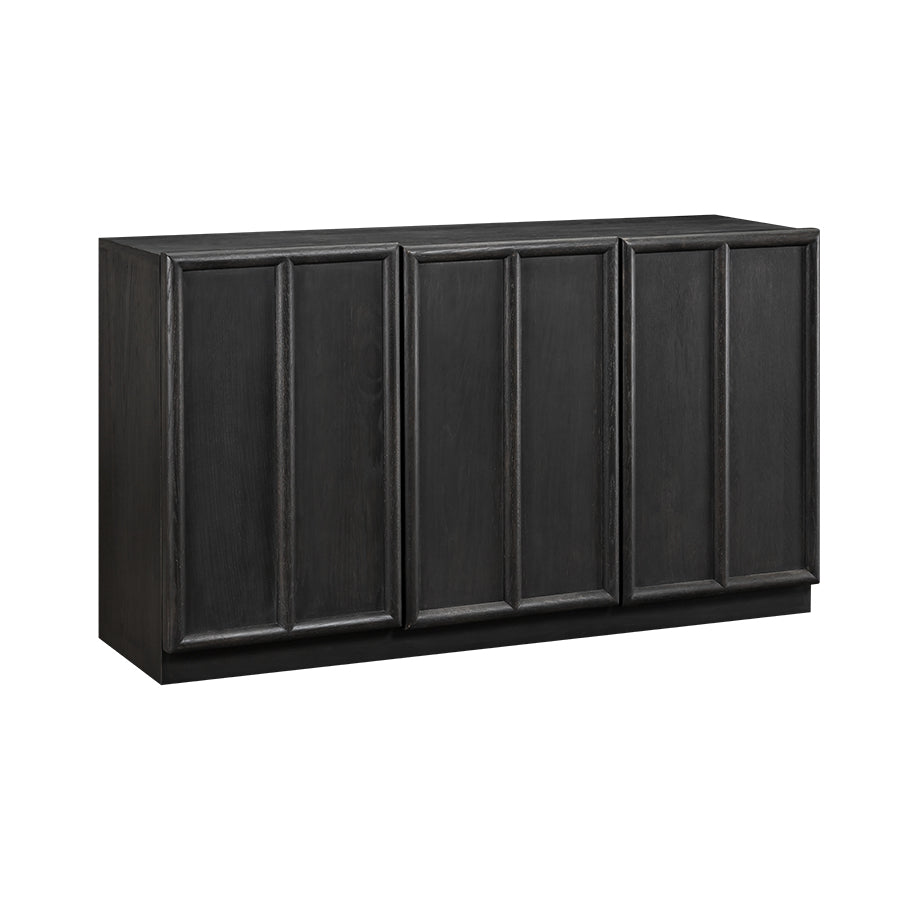
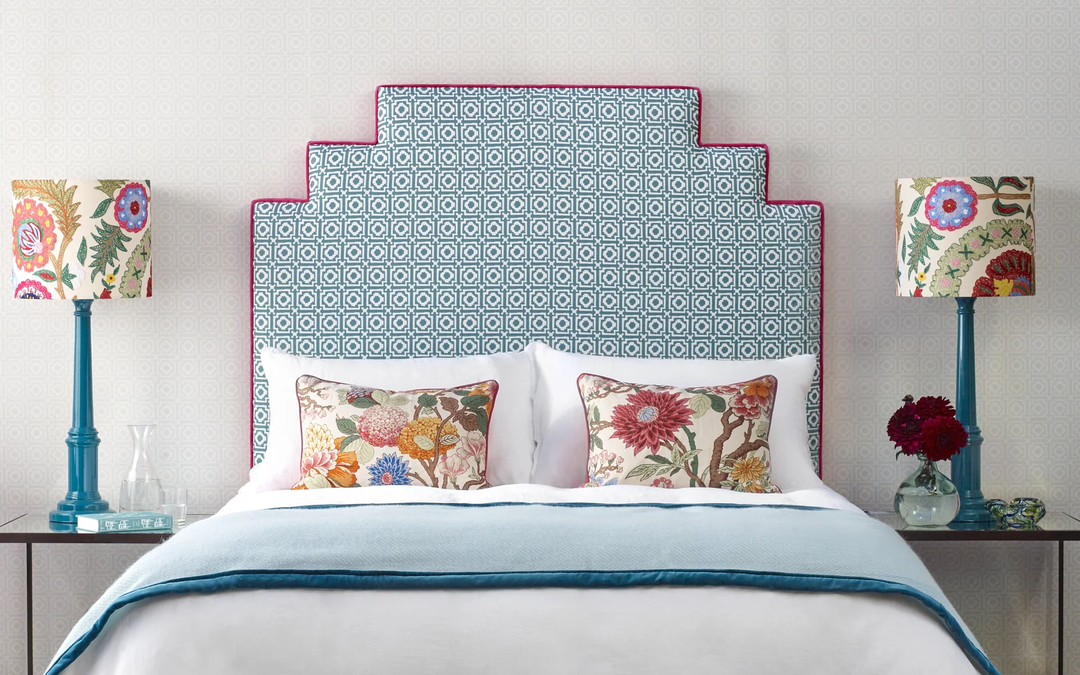
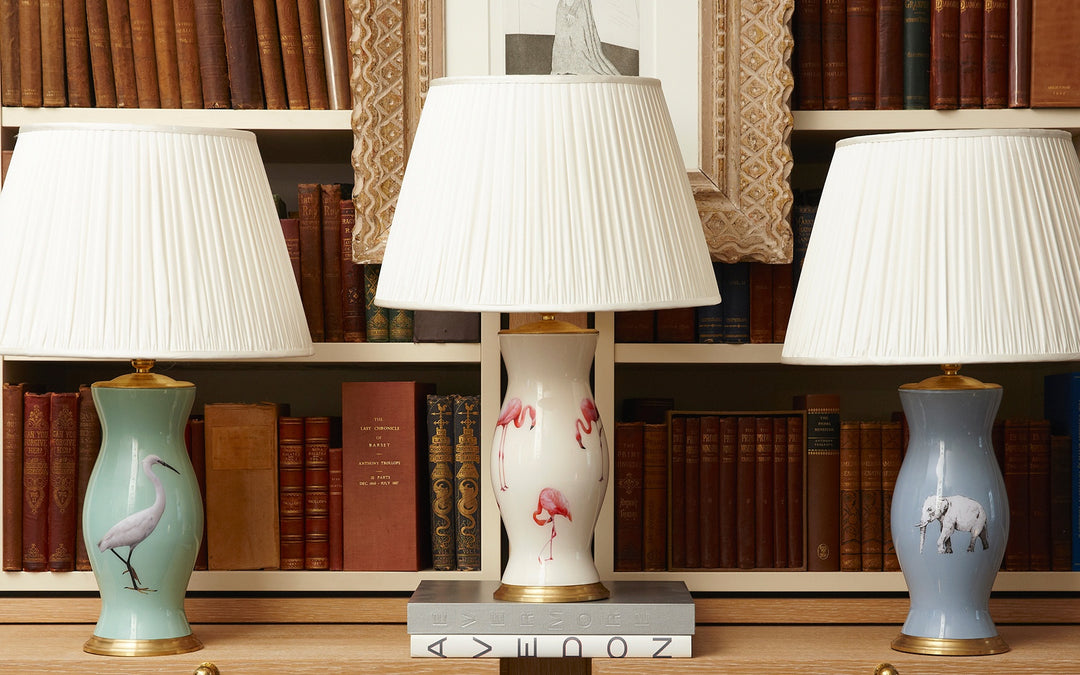
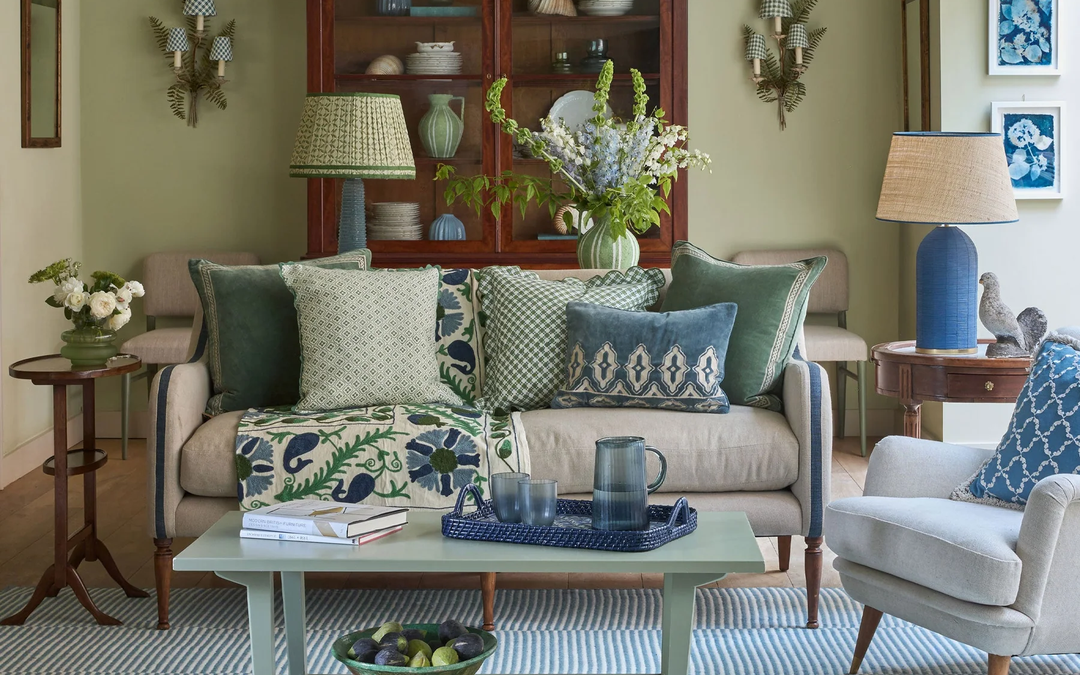
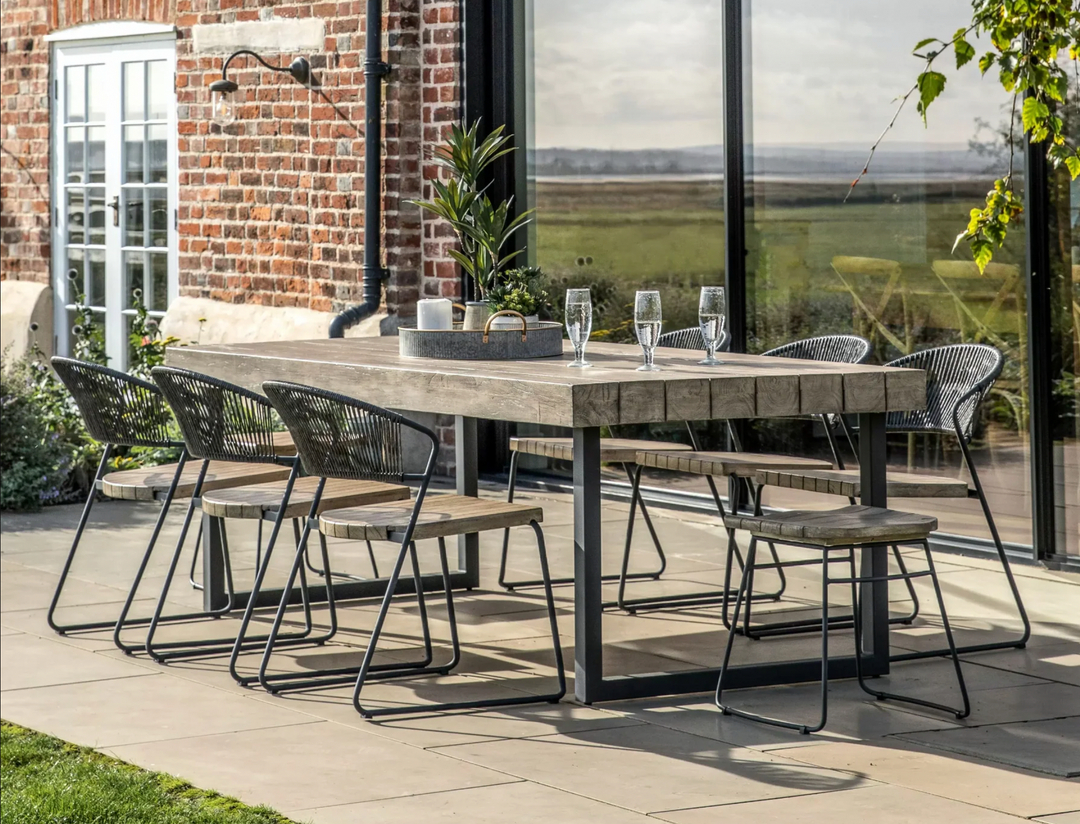
Shallow tapered drum shade is what I need can you quote me a price please
Leave a comment